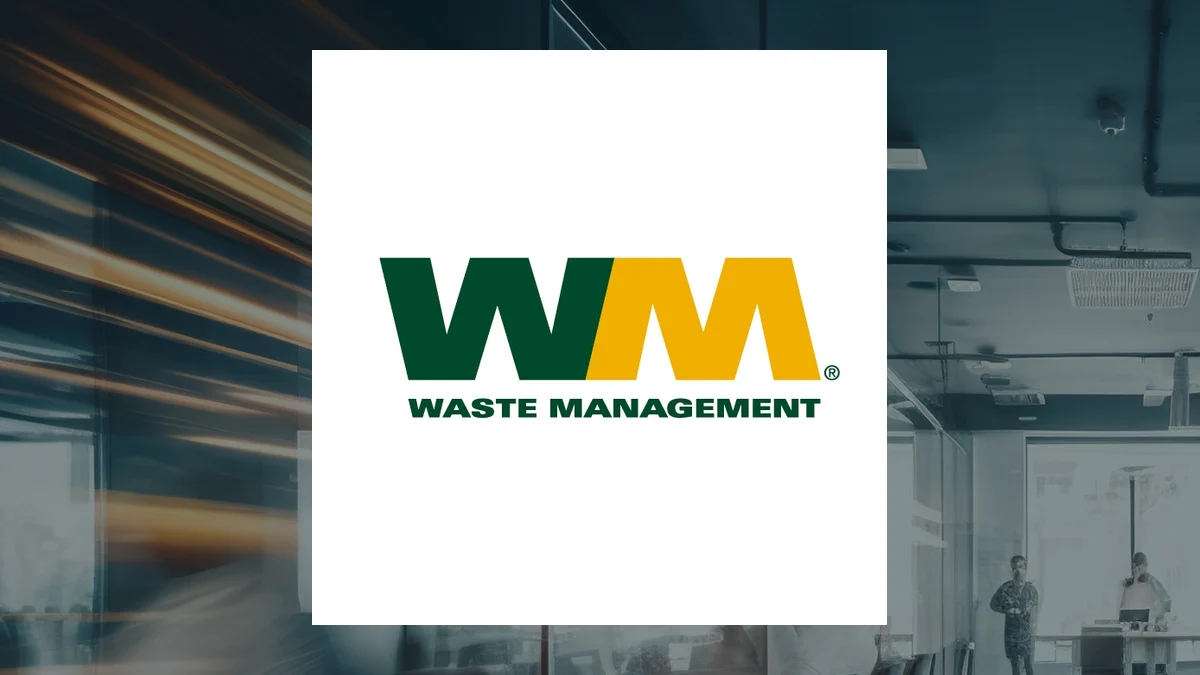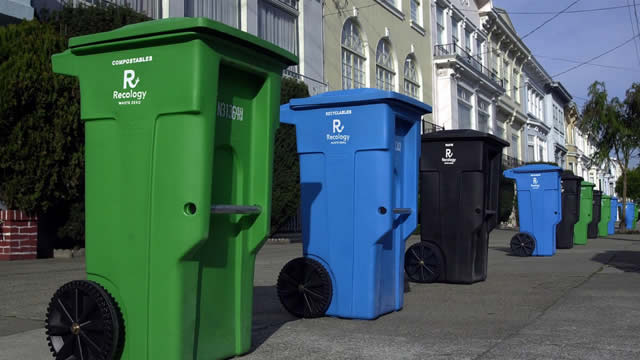
WM
Waste Management, Inc.
$218.73
0.86
(0.39%)
| Exchange: | |
| Market Cap: | 88.117B |
| Shares Outstanding: | 1.667M |
About The Company
| Sector: | Industrials | |||||
| Industry: | Waste Management | |||||
| CEO: | James C. Fish Jr. | |||||
| Full Time Employees: | 61700 | |||||
| Address: |
|
|||||
| Website: | https://www.wm.com |
Waste Management, Inc., through its subsidiaries, provides waste management environmental services to residential, commercial, industrial, and municipal customers in North America. It offers collection services, including picking up and transporting waste and recyclable materials from where it was generated to a transfer station, material recovery facility (MRF), or disposal site; and owns, develops, and operates landfill gas-to-energy facilities in the United States, as well as owns and operates transfer stations. As of December 31, 2021, the company owned or operated 255 solid waste landfills; 5 secure hazardous waste landfills; 96 MRFs; and 340 transfer stations. It also provides materials processing and commodities recycling services; recycling brokerage services, such as managing the marketing of recyclable materials for third parties; and other strategic business solutions. In addition, the company offers construction and remediation services; services related with the disposal of fly ash, and residue generated from the combustion of coal and other fuel stocks; in-plant services comprising full-service waste management solutions and consulting services; and specialized disposal services for oil and gas exploration and production operations. The company was formerly known as USA Waste Services, Inc. and changed its name to Waste Management, Inc. in 1998. Waste Management, Inc. was incorporated in 1987 and is headquartered in Houston, Texas.
Click to read more…
Revenue Segmentation
EPS
Earnings Call
Income Statement
(* All numbers are in thousands)
Balance Sheet
(* All numbers are in thousands)
Cash Flow Statement
(* All numbers are in thousands)
Analyst Estimates
(* All numbers are in thousands)







